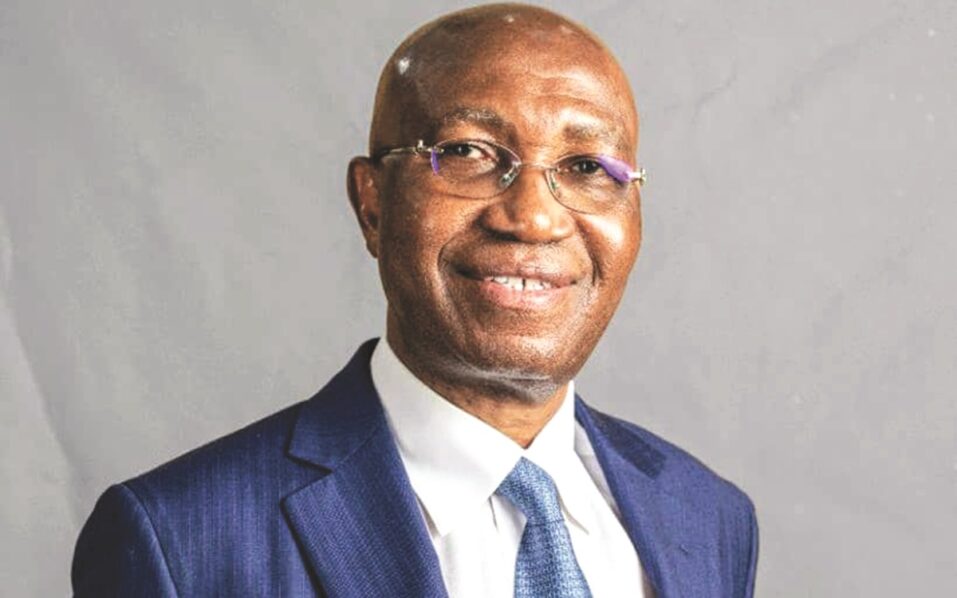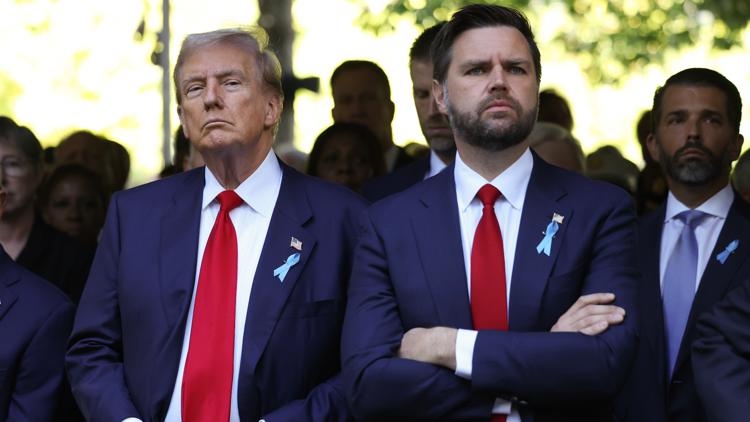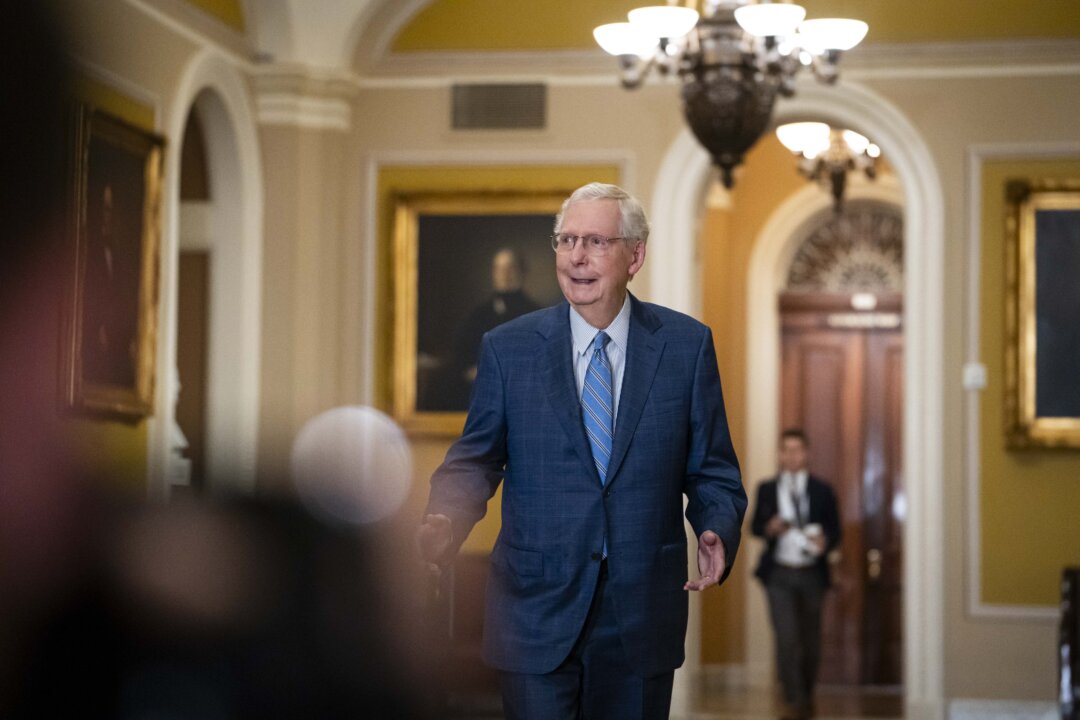
EL CENTRO — El Centro Regional Medical Center officials held Monday evening a public forum that was originally labeled as The State of ECRMC — Monday session, that eventually turned into something close to a debate. ECRCM CEO Pablo Velez and Board President Tomas Oliva led the discussion that started at 6:00 p.m.
at the El Centro Library with a snapshot of the state of the 161-bed El Centro hospital. Velez told the audience the hospital now has an Ancillary Service Building and a Medical Office Center filled with plenty of services and equipment, including a new water boiler system, pharmacy, and others. He later told attendants that 41% of ECRMC patients reside in El Centro and that the hospital has a $112.
9 bond debt caused by seismic retrofit updates in several old hospital buildings required by law by 2030. The CEO added that ECRMC has two primary care clinics — one in El Centro and a second one in Calexico, which have seen a slight decline in patients. According to Velez, COVID-19 led ECRMC to incur a lot of costs that impacted the hospital’s finances, losing $68 million from 2021 to 2023.
“In 2024, we just completed that year,” the CEO said. “We saw a 3.3 (million dollars) positive outlook better than losing money all those years.
” After COVID-19, once the number of patients significantly declined, the hospital addressed contract and supply expenses, as well as reimbursement rates, and service consolidation. Velez stated the hospital kept the same amount of staff after the pandemic, which led to right-size the organization based on the number of patients seen at the hospital. “We saw a big reduction in what we call traveling nurses and the use of overtime that we were paying,” the CEO said.
“So there was a significant savings there. And then we also started looking at the use of premium time, hiring more nurses, hiring more techs, and, we've been able to accomplish significant savings to the hospital because of that.” Questioned by City Councilwoman-elect Claudia Camarena about how many of those patients come from across the border to get services for free, President Oliva said patients are tracked by zip code.
However, Oliva noted that all those with border visas who get free medical services at taxpayer cost violate their visas, which can be denied when applying for renewal. Camarena later assured that many visa holders (including teachers, nurses, and lawyers) are caught at the border while attempting to get into the U.S.
to get free medical services. She later cleared the record saying that happened at least over a decade ago. “It’s not as high anymore,” Oliva answered, referring that while law changes have prevented many from crossing the border to get medical services at ECRMC, it has not been completely eliminated.
Oliva underlined that Customs and Border Protection pays for undocumented immigrants who have emergencies. Oliva also told those in attendance that Imperial County had the highest rate of C-sections in the country in past years — a fact that put ECRMC close to its closure in January 2023. Velez added that multiple hospitals have closed their maternal and birth units due to staff costs.
He explained the public ECRMC had on average 13 delivery patients per month while being forced to have medical specialists available at a high cost. “It was not sustainable,” he said. District 2 Supervisor candidate and Central Union High School District board member Diahna Garcia-Ruiz considered the closure of the Women’s Center as unfortunate, adding she felt insulted as a mother and named the decision dangerous as a woman.
At the same time, officials said while ECRMC shut down its newborn unit the hospital expanded its oncology services that PMHD no longer provides. “We are the only hospital providing cancer care right now,” Velez said. The CEO went on to say ECRMC is the only hospital in the Imperial Valley with robotics surgeries, having recently achieved the 5,000-surgery milestone.
After being questioned by a member of the public, Velez corrected the record saying ECRMC was the only robotics surgery provider until this year after Pioneers Memorial Hospital began providing such service in 2024. Oliva also said the consolidation of both hospitals has been discussed for many years, being kept from coming to fruition by egos and fights for the number of seats in the succeeding agency’s board. Questioned by Garcia-Ruiz’s daughter, Bethamee, the ECRMC officials said the hospital’s $59 million pension liability is now in charge of the hospital after being closed several years ago.
“The hospital is paying those pensions,” Velez said. A member of the public told the audience the hospitals' merger will not necessarily lead to the sole-hospital designation as the Imperial Valley will keep two acute hospitals in the region. Oliva responded by saying that the authorities might seek a Presidential Designation or fix the issue through legislation.
That designation is thought to lead to a higher Medi-Cal and Medicare reimbursement rate as the nearest hospital would be located over 50 miles away and savings ranging from $6 million to $9 million. Those funds can be used to pay back the bonds, expand services, and reopen other things by Imperial Valley Healthcare District board decision. “The effort here is to really kind of realize what we've known for several decades that these two hospitals need to work together,” President Oliva said, adding that during the pandemic the PMHD CEO declined to unveil having hospitalized the first COVID-19 patient in the Imperial Valley firing too the Brawley hospital’s public affairs person, human resources director, and other staff members for pushing to make that case public.
“During COVID, we couldn't find out how many ICU beds were available in the campus up north. We couldn't tell you how many COVID patients were at the hospital,” Oliva told the audience. “What I'm trying to tell you is that during the most stressful healthcare disaster and epidemic time that we have had here, it did not work to have two hospitals with an entitlement of not having to talk to each other and not having to report to the county public health department what our reality was.
” According to Oliva, the consolidation of the healthcare systems seeks to fix that problem. “We're trying to make these two systems work together and we're trying to make sure that the resources that are brought into the hospitals are shared,” Oliva continued. “So AB 918 was introduced by our current assembly member that, for lack of a better phrase, forces the marriage.
” According to Oliva, there are two sides to this issue that, for Bell Game and a lot of other reasons, don’t like to work with one another. Oliva expressed that he’s old enough to understand that such rivalry exists beyond mascots, but young enough to say he does not want to live under that shadow anymore. “That is why we want to make sure that these two systems work together and they work together consolidating a leadership team instead of paying two different teams for providing the same services,” Oliva insisted.
“So the competition that we have had worked for us for many years ...
but I can tell you that moving forward it is not sustainable.” Oliva highlighted that the IVHD Board was created to be accountable for the decisions they make with the consolidation of the healthcare systems. “That is the overall vision of where this is going and that is the reason why the Imperial Valley Healthcare District was created,” Oliva said.
“We're hoping to consolidate and to have and work out the negotiation agreements for IVHD to acquire El Centro Regional Medical Center.” In an interview, Oliva was asked about a recent story whose headline read ECRMC was going to get sold for a dollar. President Oliva clarified that the City of El Centro took a position that it wants to transfer the hospital to the IVHD.
“We are not asking for any money,” Oliva said, explaining that the dollar was just a very symbolic transaction in the sense that it was going to transfer all assets and all liabilities to the Imperial Valley Health Care District. “We are not asking for profit for it.” After the forum, not everyone in the audience ended happily.
Brawley Councilman-elect John Grass and President of the Imperial Valley Association for Sustainable Health Care Facilities said the more information the public can have, the better. However, he said although the Valley’s healthcare challenges are complex, no clear answers have been provided at this point. “I think the more people are in dialogue, the better,” Grass, who has become one of the north end’s loudest voices in terms of the recent healthcare developments, said.
“I'm hopeful that we can jointly come together with some decisions and some answers about the future of health care in Imperial Valley.” Grass also said that excluding one hospital from the issue is a good policy. He also said AB 918 has many problems associated with it in terms of implementation.
“The concept is good,” Grass said. “Merging the hospitals is a good concept, but AB 918 is not the way that it's gonna get done in a healthy way that keeps Imperial Valley Healthcare in a status.” The councilman-elect noted that the hospital merge had to be done in a much more organized, collaborative manner.
“I don't think that they (PMHD) have been properly involved in the rollout of AB 918,” Grass said. “They have not been properly considered.” According to the councilman-elect, AB 918’s rollout has brought many problems, including the new district’s organizational structure and the deadlines the law creates.
“It also sets up a problem with alienation or disenfranchisement of the people of Brawley in terms of voting, whether or not their hospital should be dissolved and taken over by another entity. They have no voice in that,” Grass said. “I have problems with AB 918 and the way it's set up.
Again, the goal of it is a good one. We need to think about doing it, but it needs to be done right.”.














